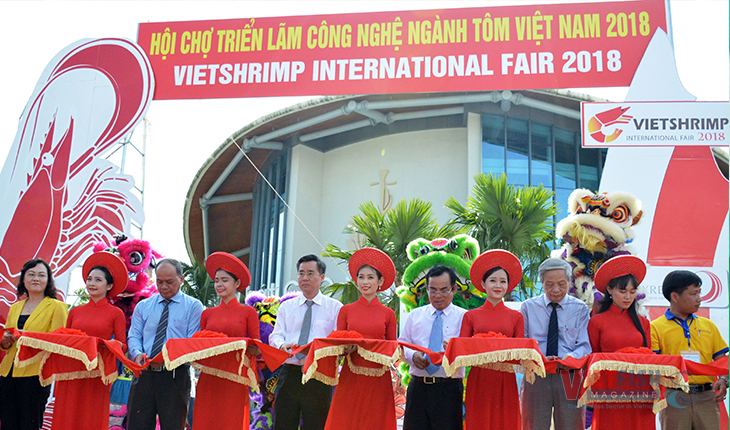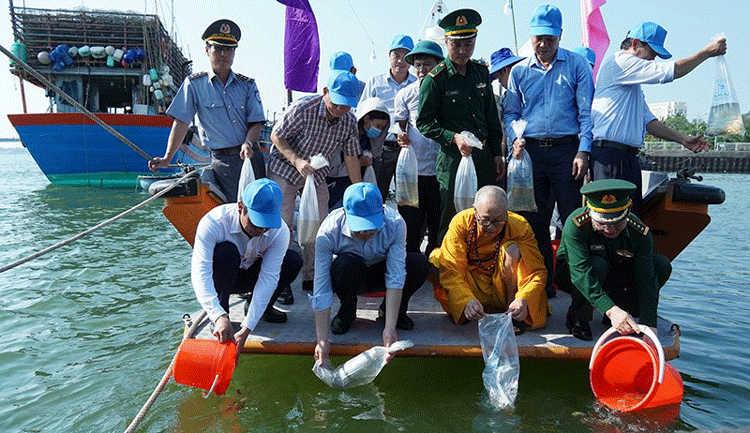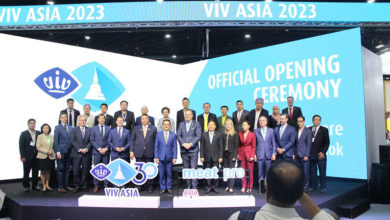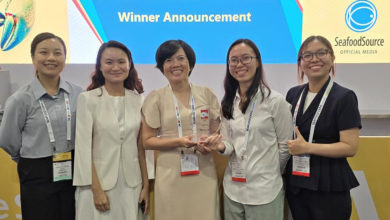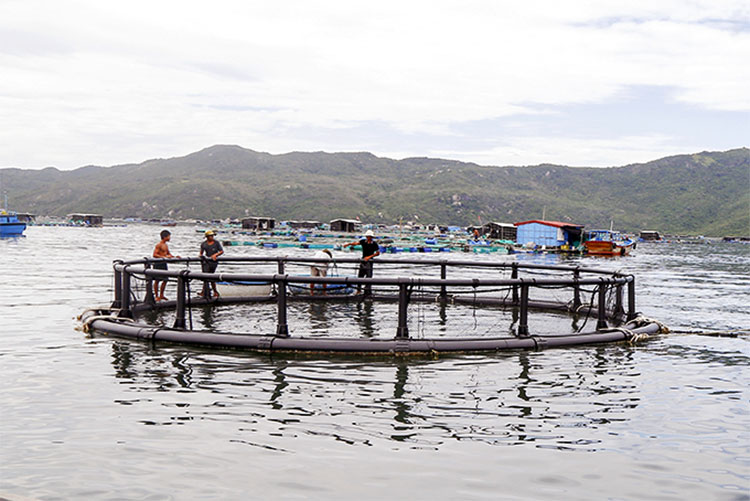Cam Ranh aquaculture solutions
Currently, Hồ Chí Minh City’s aquaculture region (Aquaculture). Cam Ranh, according to Khánh Hoà Provincial People’s Committee planning released in 2018, overlaps with other plans, making it impossible for the city to create a strong local economy. It is expected that the Department of Agriculture and Rural Development (MARD) would advise the Provincial People’s Committee on particular strategies to transition marine farming from traditional to contemporary technologies in the near future.
The farming area will be reduced.
People’s Committee of the City Cam Ranh recently informed the Provincial People’s Committee of certain problems in addressing overlapping aquaculture lands in the area. According to Provincial People’s Committee Decision No. 1788 dated June 22, 2018, on the growth planning of Khánh Hòa fisheries through 2025 and direction to 2035, the province has allocated 630ha of the sea surface for aquaculture in cages in Cam Ranh Bay. The city had challenges and barriers when implementing aquaculture planning because the aquaculture planning area overlapped with other plans.
In particular, there is an overlapping area with the Binh Ba shooting range in the north of Bình Ba island (Cam Bình commune), which has been allocated to the Navy Region 4 Command to operate since 2001. Furthermore, the plan overlaps with the seaport waters entrusted to the Nha Trang Port Authority for administration by the Ministry of Transport in accordance with Circular 20 dated June 12, 2019. The City People’s Committee has approved these issues. Cam Ranh has reported several times, the most recent being an official dispatch dated July 20, 2021, remarking on interim rules for the coastal aquaculture region in Khánh Hòa province (issued to the Provincial People’s Committee and the Department of Agriculture and Rural Development). However, these issues have yet to be resolved, making it difficult for municipal officials to direct the growth of the aquaculture sector, which is the city’s strength.
Mr. Le Minh Hai is the Director of Hồ Chí Minh City’s Economic Department. Cam Ranh stated that officials are presently prepared to modify the Cam Ranh Bay urban area project’s planning in order for it to be deployed as soon as possible. When this project is completed, the entire city’s coastal water area will be recovered for tourism development, with the aquaculture area concentrating on the marine region of Cam Lập commune. Cam Ranh’s overall aquaculture area will be considerably decreased, thus impacting people’s lifestyles.
In the direction of using technology to adapt to climate change
Mr. Le Tan Ban – Director of the Department of Agriculture and Rural Development affirmed in a recent meeting with the Standing Committee of Cam Ranh City Party Committee that when the Cam Ranh Bay Urban Area project is implemented, the entire sea area from Cam Nghĩa ward to Cam Lập commune will be located within the project boundary, resulting in a significant reduction in the city’s aquaculture area. Currently, the aquaculture region from Cam Nghĩa ward to Cam Linh ward is only a spontaneous farming area, outside of the Provincial People’s Committee’s approved planning.
According to the Provincial People’s Committee’s 2018 aquaculture plans, the farming area in Cam Ranh is 630ha broad, amounting to 30,000 cages, or 2,000 rafts. However, upon assessing the plans, the chief of the Department of Agriculture and Rural Development stated that the farming land here is only 260ha, primarily in the east of Cam Lập commune, equivalent to 20,000 cages. To address challenges as the aquaculture area shrinks, the department will advise the Provincial People’s Committee in 2022 on a particular strategy to convert marine aquaculture from traditional to using technology to adapt to climate change and maintain safety biology and provide a high level of economic efficiency “The type of cage based on HDPE technology may be used in fish and lobster farming.” If this technique is used, the farming area of Cam Ranh will be cut by 30% while maintaining the same efficiency as before. “Industrial feed will also be used instead of rubbish fish to prevent pollution,” Mr. Ban stated.


